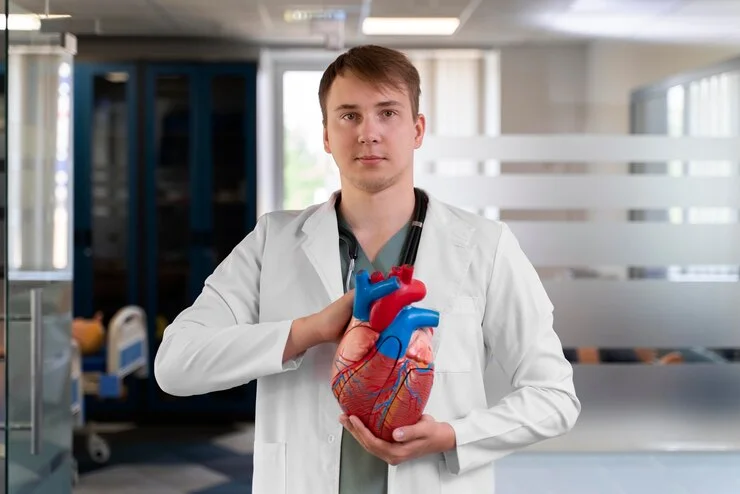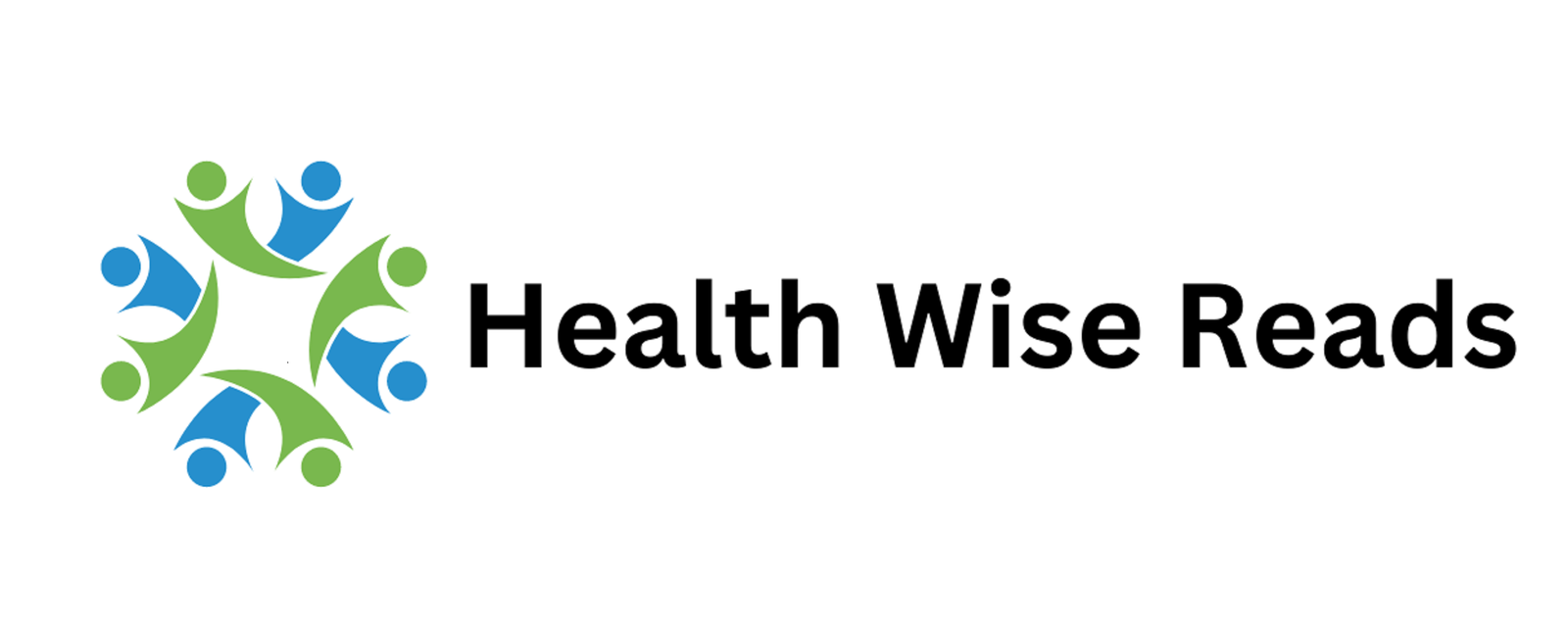How Does a Heart Attack Feel Like
Introduction Heart Attacks
Heart attacks, medically known as myocardial infarctions, are severe medical emergencies that occur when the blood flow to the heart is suddenly blocked, leading to damage of the heart muscle. Recognizing the signs of a heart attack can be life-saving, as timely medical intervention is crucial to prevent fatal outcomes. This blog aims to demystify heart attack experiences, highlighting the symptoms, prevention strategies, and responses to heart attacks, with a focus on the nuances by gender, age, and individual health profiles. Understanding how a heart attack feels can empower individuals to seek immediate help, potentially saving lives and improving recovery outcomes.
Understanding Heart Attacks

Definition and Causes: A heart attack happens when one or more coronary arteries become blocked, preventing oxygen-rich blood from reaching the heart muscle. This blockage is most often a buildup of fat, cholesterol, and other substances, which form a plaque in the coronary arteries. Sometimes, a plaque can rupture and form a clot that blocks blood flow. The interruption of blood flow can damage or destroy part of the heart muscle, necessitating immediate medical attention.
Effects on the Heart: The severity of a heart attack varies depending on how long the heart muscle is without blood flow and the part of the heart affected. The immediate impact can range from minimal to life-threatening, but long-term effects can include weakened heart muscle and heart failure.
Differences by Gender: Early research predominantly focused on men, leading to a gap in understanding how heart attacks manifest differently in women. Today, it’s known that women often experience subtler, less recognizable symptoms, leading to delays in treatment.
This section sets the stage for a deeper exploration into the signs, prevention, and treatment of heart attacks, emphasizing the importance of personalized awareness and response strategies.
Recognizing the Signs: General Symptoms

When it comes to heart attacks, certain symptoms are widely recognized and should prompt immediate medical attention. These include:
- Chest Pain or Discomfort: frequently described as having pain, fullness, squeezing, or pressure in the left or center of the chest. This feeling may subside after a short while or return.
- Upper Body Discomfort: Pain or discomfort may travel beyond the chest to other areas such as shoulders, arms, back, neck, teeth, or jaw. You might experience these symptoms without chest discomfort.
- Shortness of Breath: This can occur with or before chest discomfort and may be accompanied by a feeling of being winded or unable to take a deep breath.
- Other Symptoms: These can include nausea, vomiting, light-headedness, or sudden dizziness, cold sweats, and fatigue without exertion.
Understanding these symptoms is crucial for everyone, regardless of age or gender. However, it’s also important to recognize that heart attack symptoms can vary significantly between men and women.
Gender Differences in Heart Attack Symptoms
Research suggests that men and women may experience heart attacks differently. Women may report atypical symptoms more frequently than men.
Men are more likely to report classic symptoms like chest pain and pressure. However, it’s a misconception that these are the only indicators of a heart attack in men. They can also experience all the general symptoms listed above.
Women may have a wider range of symptoms, including:
- Neck, jaw, shoulder, upper back, or abdominal discomfort
- Shortness of breath
- Pain in one or both arms
- Nausea or vomiting
- Sweating
- Light-headedness or dizziness
- Unusual fatigue
These symptoms can be more subtle than the often-dramatic portrayals of heart attacks seen in media, leading to delays in seeking treatment. Additionally, heart attack symptoms in women over 50 may be mistaken for signs of menopause, stress, or anxiety, making awareness and education even more critical.
Early Warning and Uncommon Symptoms
Early detection can significantly impact the outcome of a heart attack. Some individuals experience early warning signs days, weeks, or even months before a heart attack. These may include episodic chest pain or discomfort (angina) triggered by exertion and relieved by rest, unusual fatigue, sleep disturbances, and shortness of breath. Recognizing these early signs, especially in young adults, can be challenging but is vital for timely intervention.
Distinguishing between a heart attack and a panic attack is also essential, as symptoms like chest pain, shortness of breath, and sweating can be common to both. Typically, panic attacks are associated with triggers and may be accompanied by a sense of impending doom or fear of loss of control, whereas heart attack symptoms are more likely to occur at rest or with physical exertion and are accompanied by a feeling of pressure or squeezing in the chest.
Preventing Heart Attacks
Preventing heart attacks involves addressing risk factors that can be controlled through lifestyle changes and medical management. Key strategies include:
- Healthy Eating: consuming a diet high in fruits, vegetables, whole grains, lean proteins, and low in cholesterol, trans fats, saturated fats, and added sugars.
- Regular Exercise: Muscle-strengthening exercises on two or more days of the week, in addition to 150 minutes of moderate aerobic activity or 75 minutes of strong aerobic activity per week, can considerably lower the risk of a heart attack.
- Weight Management: Maintaining a healthy weight helps reduce the burden on your heart, decreases blood pressure, and lowers cholesterol levels.
- Quit Smoking: Smoking cessation dramatically reduces the risk of a heart attack, as tobacco use is a significant risk factor for coronary artery disease.
- Limiting Alcohol: Drinking in moderation can prevent the negative effects of alcohol on blood pressure and overall heart health.
- Stress Management: Chronic stress may contribute to heart disease; finding healthy ways to manage stress through activities like meditation, exercise, or therapy can improve heart health.
These lifestyle modifications, along with regular health screenings to monitor blood pressure, cholesterol levels, and diabetes management, play a crucial role in heart attack prevention.
Responding to a Heart Attack

First Aid for Heart Attack
Quick action can save lives when a heart attack occurs. Here’s what to do if you or someone else may be having a heart attack:
- Call Emergency Services Immediately: Don’t wait to see if symptoms go away. Immediate medical help is critical.
- Rest and Stay Calm: The person should stop all activity and sit or lie down in a comfortable position while waiting for emergency medical help.
- Take Aspirin If Advised: Chewing a regular-dose aspirin can help slow blood clotting and minimize heart damage. However, it’s essential to ask the emergency dispatcher if the person should take aspirin, as it’s not appropriate for everyone.
- Begin CPR If Necessary: If the person is unconscious and not breathing, performing hands-only CPR can be lifesaving. Push hard and fast in the center of the chest at a rate of 100 to 120 compressions per minute.
Understanding these first aid steps and being prepared to act swiftly can significantly influence the outcome of a heart attack.
Emergency Response to Heart Attack
Upon arrival, medical personnel will quickly assess the situation and begin treatment to restore blood flow to the heart. Treatments may include:
- Medications: To dissolve blood clots, reduce pain, and stabilize the heart’s rhythm.
- Oxygen Therapy: To increase the amount of oxygen reaching the heart muscle.
- Percutaneous Coronary Intervention (PCI): Also known as coronary angioplasty, this procedure involves using a catheter to open blocked arteries.
- Coronary Artery Bypass Grafting (CABG): In more severe cases, surgery may be necessary to reroute blood around a blocked artery.
Immediate and effective emergency response is crucial for the survival and recovery of heart attack victims.
Treatment and Recovery
Heart Attack Treatment
Following initial emergency treatment, doctors will recommend a treatment plan tailored to the individual’s condition and recovery. This may involve:
- Medication Management: To control pain, prevent blood clots, lower cholesterol, and manage blood pressure.
- Rehabilitation: Cardiac rehab programs offer guided exercise, education on heart-healthy living, and counseling to reduce stress and improve mental health.
- Lifestyle Adjustments: Including dietary changes, physical activity, smoking cessation, and managing stress.
Adhering to these treatment plans can help individuals recover more effectively and reduce the risk of future heart attacks.
Heart Attack Recovery
Recovery from a heart attack varies widely among individuals, depending on the severity of the attack, the treatment received, and the person’s overall health. Recovery focuses on healing the heart, regaining strength, preventing future heart issues, and improving quality of life. Key components include:
- Gradual Return to Activities: Patients are advised to slowly increase their physical activities under medical supervision.
- Monitoring Heart Health: Regular follow-ups with healthcare providers to monitor heart function and adjust treatments as necessary.
- Emotional Support: Recovering from a heart attack can be emotionally challenging. Support from family, friends, and possibly professional counseling is vital.
Recovery tips, such as maintaining a heart-healthy diet, staying active within recommended limits, and adhering to prescribed medications, play a crucial role in the rehabilitation process.
FAQs
What are the common symptoms of a heart attack?
- Answer: Common symptoms include chest pain or discomfort, upper body discomfort (shoulders, arms, back, neck, teeth, or jaw), shortness of breath, nausea, vomiting, light-headedness, sudden dizziness, cold sweats, and unusual fatigue. Symptoms can vary significantly between men and women, with women more likely to experience subtler symptoms.
How do heart attack symptoms differ between men and women?
- Answer: Men are more likely to experience classic symptoms like chest pain. Women, on the other hand, might experience neck, jaw, shoulder, upper back, or abdominal discomfort, shortness of breath, pain in one or both arms, nausea, vomiting, sweating, light-headedness, dizziness, and unusual fatigue. These symptoms can be subtle and sometimes mistaken for other conditions.
What should you do if you think someone is having a heart attack?
- Answer: Immediately call emergency services. Have the person rest and stay calm, and if advised and appropriate, have them chew a regular-dose aspirin to slow blood clotting. If the person is unconscious and not breathing, begin hands-only CPR at a rate of 100 to 120 compressions per minute until medical help arrives.
What are the primary methods to prevent a heart attack?
- Answer: Preventive strategies include adopting a healthy diet low in unhealthy fats and high in fruits, vegetables, and lean proteins; engaging in regular physical activity; maintaining a healthy weight; quitting smoking; moderating alcohol intake; and managing stress. Regular health screenings for blood pressure, cholesterol levels, and diabetes are also crucial.
How is a heart attack treated and what does recovery involve?
- Answer: Treatment may include medications, oxygen therapy, percutaneous coronary intervention (PCI), or coronary artery bypass grafting (CABG) to restore blood flow to the heart. Recovery involves medication management, rehabilitation, lifestyle adjustments, and regular follow-up with healthcare providers. Emotional support is also important for recovery.
Conclusion
Heart attacks are a major health concern that requires immediate attention and ongoing care. Recognizing the signs, understanding the differences in symptoms by gender, responding swiftly with first aid, and following through with appropriate treatment and recovery plans are essential steps in dealing with heart attacks. By adopting preventive measures, such as a healthy lifestyle and regular medical check-ups, individuals can significantly reduce their risk of experiencing a heart attack. Education, awareness, and preparedness are our best tools in the fight against heart disease, empowering us to lead healthier, longer lives.







